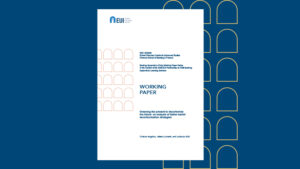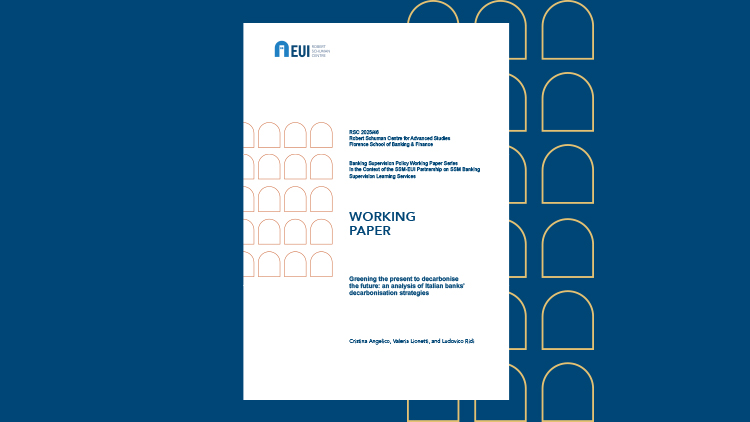Links
Next content
Read more
Greening the present to decarbonize the future: an analysis of Italian banks’ decarbonisation strategies
This paper offers an overview of Italian credit institutions’ current strategies supporting their longer-term decarbonisation commitments. It exploits detailed survey-based information on the objectives and strategies of large and smaller banks. According to the...
This study examines the impact of FinTech on bank credit risk across 63 countries from 2013 to 2021. We employ a novel measure based on FinTech investment activities to directly capture FinTech development. The analysis distinguishes between bank-based and market-based financial systems to assess whether FinTech’s influence on bank credit risk varies in different financial structures. We account for spatial dependence in bank risk across countries by utilising various spatial models. Our findings first reveal the existence of positive spatial dependence in bank credit risk across countries. It implies that risk in the banking sector has a positive spillover effect to neighbouring countries, thereby validating the necessity of spatial analysis. Second, utilising the Spatial Durbin Model, which best describes our data, we find that FinTech reduces bank credit risk both domestically and across borders. Third, this risk-reducing effect of FinTech is predominantly driven by economies with bank-based financial systems, whereas it is absent in those with market-based financial structures. Finally, within bank-based countries, the credit risk-mitigating impact of FinTech is more pronounced in financially underdeveloped economies compared to those with well-developed financial markets.
—
This paper is part of the Banking Supervision Policy Working Paper Series in the context of the SSM-EUI partnership on SSM Banking Supervision Learning Services. Read more.
